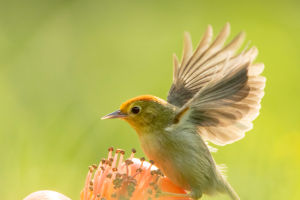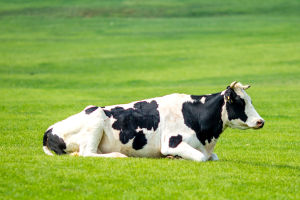Birds are an important part of the natural ecosystem and play an important role in increasing production and income from agriculture, forestry, and livestock, and maintaining ecological balance.
According to Walter Jetz, a zoologist who studies birds at the University of California, "Our study found that if one of our assumptions holds true, at least 400 species of birds will be completely extinct on Earth by 2050, and between 950 and 1,800 species will be endangered or completely extinct by 2100 due to climate change and habitat destruction. However, we are currently unable to identify which of these extant bird species will be on the verge of extinction."
Birds, as friends of humans, have made our world a more colorful place. Now that birds are facing many problems such as environmental destruction, habitat destruction, and rampant illegal poaching, it is time for humans to take responsibility for their protection.
As a bird lover, should we save the young birds when they fall? How to save them? What are the things to record during the rescue process? Mastering these basic rescue steps and precautions is the right way for every bird lover to carry out the process of bird rescue and protection.
Steps to Save Fallen Young Birds:
1. Observe First: Determine if the bird is truly in need of help. Often, fledglings are found on the ground while learning to fly, with parents nearby. Only intervene if the bird is in immediate danger or injured.
2. Safety Measures: Wear gloves to protect yourself and the bird. Gentle handling is crucial to avoid causing stress or further injury.
3. Assess the Situation: Check if the bird is injured or sick. Look for signs like bleeding, broken wings, or lethargy.
4. Create a Temporary Nest: If the bird is uninjured but too young to be on its own, create a makeshift nest (e.g., a small box with tissue) and place it near where you found the bird, out of direct sunlight and away from predators. This can encourage parents to continue care.
5. Seek Professional Help: Contact a local wildlife rehabilitator or bird sanctuary for advice or intervention, especially if the bird is injured.
Things to Record During the Rescue:
1. Date and Time: When you found the bird.
2. Location: The exact spot where the bird was found, to facilitate its return or to inform rescue services.
3. Condition: Note the bird's physical condition and any visible injuries.
4. Behavior: Record the bird's behavior, such as whether it's attempting to fly, its responsiveness, or signs of distress.
5. Interventions: Document any immediate care provided, like creating a makeshift nest or offering water.
Precautions:
1. Avoid Overhandling: Minimize contact to reduce stress on the bird.
2. Do Not Feed: Incorrect feeding can do more harm than good. Leave this to professionals.
3. Keep Pets Away: Ensure household pets are kept at a distance to avoid further stress or injury to the bird.
Understanding these steps and precautions ensures that bird lovers can contribute positively to the rescue and protection of young birds in a manner that is safe for both the rescuer and the bird.


